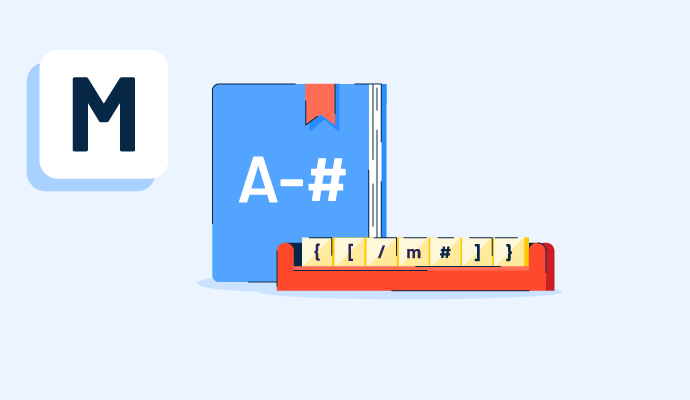What is metalanguage?
Metalanguage is a type of language that describes another language, which is known as an object language. In regards to programming, metalanguage helps describe its concepts, grammar, and associated objects. Some fields that use metalanguage include financial systems, bioinformatics, compilers and theorem provers, and language design.
Businesses can use text analysis software to gain insights from both structured and unstructured text data using natural language processing (NLP). This type of software reveals insights, including sentiment analysis, key phrases, language, themes and patterns, and entities.
Businesses understand customer or employee sentiment better by importing data from various sources, intelligently classifying documents, and improving written content.
Common types of metalanguages
There are many recognized metalanguages. The most common ones are:
- Ordered: This metalanguage is similar to ordered logic in that each level has a greater degree of abstraction. An example would be creating a metalanguage to talk about an object language, then constructing another metalanguage to talk about the first one, and so on.
- Nested: Like an ordered metalanguage, a nested, or hierarchical, metalanguage contains different levels, with each level representing a greater degree of abstraction. Unlike an ordered metalanguage, nested incorporates the level below it.
- Embedded: As the name sounds, embedded metalanguage is a language that is firmly fixed in an object language. It occurs formally, naturally, and informally in languages such as English, where adjectives, adverbs, and possessive pronouns serve as an embedded metalanguage. In contrast, nouns, verbs, adjectives, and adverbs (in some instances) serve as an object language.
Metalanguage examples
The following are a few metalanguages that occur in computer programming.
- Backus-Naur Form (BNF) is a meta syntax notation for context-free grammar that often describes computer programming languages, including document formats, instruction sets, and communication protocols.
- Extensible Stylesheet Language (XSL) is a programming language that transforms Extensible Markup Language (XML) documents. It supports a small set of flexible data types, including Boolean, number, string, node-set, and external objects.
- List processing or “lisp” has an overall style that is organized around systems and functions. It’s the second-oldest high-level programming and is still in use today.
Metalanguage vs. natural language
Metalanguage refers to terminology or language used to discuss grammar or related terminology of programming languages. Typically in computing, metalanguages describe the syntax of a programming language or the data format for storing in a file or transferring between applications. Metalanguage encourages functional programming and is seen as an impure functional language.
Natural language is a combination of two recognized metalanguages: nested and ordered. In a natural language, there is an infinite regress of metalanguages, each with more specialized vocabulary and simpler syntax.
Learn more about various programming languages by learning how PHP can help build your next website.
Amanda Hahn-Peters
Amanda Hahn-Peters is a freelance copywriter for G2. Born and raised in Florida, she graduated from Florida State University with a concentration in Mass Media Studies. When she’s not writing, you’ll find Amanda coaching triathletes, cuddling up with a good book, or at the theater catching the latest musical.


